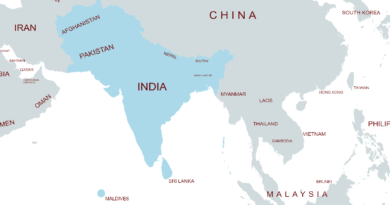Ministry of Mines
Contents
Schemes and Missions of the Ministry of Mines
Ministry of Mines is responsible for survey and exploration of all minerals, other than natural gases, petroleum and atomic minerals, for mining and metallurgy of non-ferrous metals like aluminium, copper, zinc, lead, gold, nickel, etc. and for administration of the Mines and Minerals (Regulation and Development) Act, 1957 in respect of all mines and minerals other than coal, natural gas and petroleum.
1. District Mineral Foundation (DMF) Scheme
Launched under the MMDR Amendment Act 2015, the DMF is a non-profit trust in each mining-affected district. It channels a prescribed fraction of royalty payments from mineral concession holders into welfare and development projects for local communities.
Objective: Welfare and development of persons and areas impacted by mining operations.
Funding: Contribution up to one-third of royalty by mining lease holders, managed by state-level DMF trusts.
Implementation Framework: Guided by Pradhan Mantri Khanij Kshetra Kalyan Yojana (PMKKKY) with at least 60% of funds earmarked for high-priority areas such as healthcare, education, drinking water, and skill development.
2. National Mineral Exploration Trust (NMET)
Established by the MMDR Amendment Act 2015 and notified in August 2015, NMET is a central Trust dedicated to boosting regional and detailed mineral exploration.
Objective: Identify, explore, and refine deep-seated or concealed mineral deposits, with priority on strategic and critical minerals.
Funding: 2% of royalty payments by mineral concession holders accrue to the NMET fund.
Governance:
Governing Body chaired by the Union Minister of Mines sets policy.
Executive Committee chaired by the Secretary, Ministry of Mines administers activities.
Key Functions: Funding aerogeophysical mapping (NAGMP), geophysical and geochemical surveys, national core repository establishment, and capacity-building programmes for exploration personnel.
3. National Critical Mineral Mission (NCMM)
Launched in January 2025 for a seven-year period (2024–25 to 2030–31), NCMM is India’s strategic blueprint to secure domestic and global supply chains for 30 identified critical minerals.
Objectives:
Ensure availability of critical minerals from domestic and foreign sources.
Strengthen value chains across exploration, beneficiation, processing, recycling, and research.
Funding:
Total outlay of ₹16,300 crore by government and expected ₹18,000 crore from PSUs and stakeholders.
₹1,500 crore incentive scheme to boost recycling capacity for e-waste and battery scrap.
Components:
Domestic production enhancement and overseas asset acquisition.
Recycling incentives and development of processing parks.
Centres of Excellence, patent targets (1,000 patents by 2030), and human resource development via specialized degree programmes and skill centers.
- Read More…
4. Mining Surveillance System (MSS)
An IT-enabled monitoring platform for real-time surveillance of mining operations, ensuring compliance with lease conditions, environmental safeguards, and royalty payments.
Features: Geo-tagged photographs, satellite imagery integration, and compliance dashboards.
5. National Geoscience Data Repository (NGDR)
A centralized digital repository managed by the Indian Bureau of Mines that consolidates geological, geophysical, and geochemical data from various surveys and exploration projects.
Purpose: Facilitate data-driven decision making for exploration agencies, researchers, and policymakers.
6. National Landslide Forecasting Centre (NLFC)
Established to develop and operationalize early warning systems for landslides in vulnerable regions across India.
Functions: Terrain susceptibility mapping, real-time monitoring using remote sensing, and dissemination of alerts to stakeholders.
Discover more from Simplified UPSC
Subscribe to get the latest posts sent to your email.


